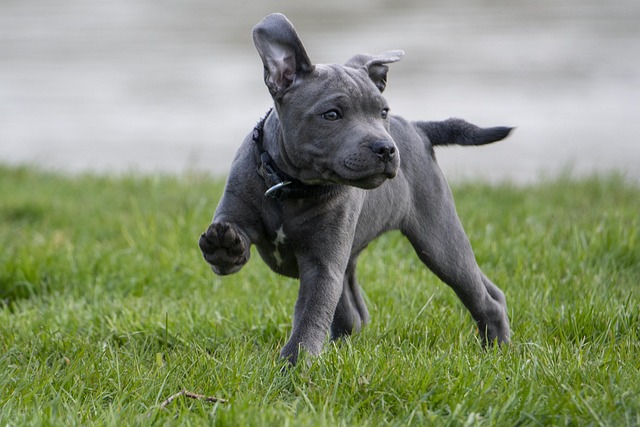
What is the hardest trick to teach your dog?
Most dog owners agree that teaching a trick goes beyond just showing off—it builds trust and sharpens communication.
That moment when you bring home your newly adopted three-year-old rescue dog to your Seattle apartment, only to discover they've never been crate trained—many American pet owners face this exact scenario. Whether you're dealing with a anxious shelter dog or a mature pet who needs to learn new boundaries, the good news is yes, you can absolutely crate train an adult dog. While it requires more patience than with a puppy, adult dogs often bring better bladder control and calmer temperaments to the process, making crate training entirely achievable with the right approach.
The science behind successful adult crate training lies in understanding canine learning patterns and stress responses. Unlike puppies, adult dogs may have established negative associations with confinement or previous experiences that make them wary of crates. The key is to work with your dog's natural denning instinct while respecting their autonomy. Start by making the crate inviting—place it in a quiet but social area of your home, add comfortable bedding, and occasionally drop high-value treats like small pieces of chicken near the entrance. Never force your dog inside or use the crate for punishment; this aligns with modern animal welfare standards that emphasize force-free training methods widely practiced across the U.S.
Begin with very short sessions—perhaps just 5-10 minutes while you're present in the room—and gradually increase duration as your dog becomes comfortable. Feed meals near the crate initially, then progress to placing the food bowl just inside the entrance, and eventually further inside. For resistant dogs, try using puzzle toys or stuffed Kongs that they can only enjoy in the crate. Remember that positive reinforcement isn't just recommended; in many states like California and New York, regulations encourage humane training methods that avoid physical correction or psychological distress.

Practical considerations for American dog owners include ensuring your crate is appropriately sized—your dog should be able to stand, turn around, and lie down comfortably. While crating your adult dog, be mindful of local ordinances regarding maximum confinement periods; many municipalities prohibit leaving dogs crated for extended periods without breaks. Always provide fresh water in a spill-proof bowl attached to the crate, and ensure your dog has had adequate exercise and potty breaks before crate time. For apartment dwellers, crate training can be particularly valuable for managing alone time without destructive behaviors—just be considerate of neighbors by avoiding crate placement against shared walls if your dog tends to vocalize initially.
Throughout the process, maintain consistency with your schedule and always associate the crate with positive experiences. If your dog shows signs of severe anxiety, consult a professional trainer who uses force-free methods. With patience and the right technique, your adult dog can learn to see their crate as a safe retreat—proving it's never too late to teach new routines.

Most dog owners agree that teaching a trick goes beyond just showing off—it builds trust and sharpens communication.

Start with small, simple actions your dog already does naturally—like sitting when they want a treat or lifting a paw to get attention.

Walking your dog through a neighborhood park and watching them lunge at every passing pup isn’t just stressful—it can also land you in hot water with local regulations.

That moment when you bring home your newly adopted three-year-old rescue dog to your Seattle apartment, only to discover they've never been crate trained

Bringing home your 12-week-old Labrador retriever puppy to your Chicago apartment is an exciting milestone, but when night falls and those whimpers begin from the crate

Let’s address something important right away: if you’re asking about "punishing" a dog for not coming when called, you might be feeling frustrated after your German